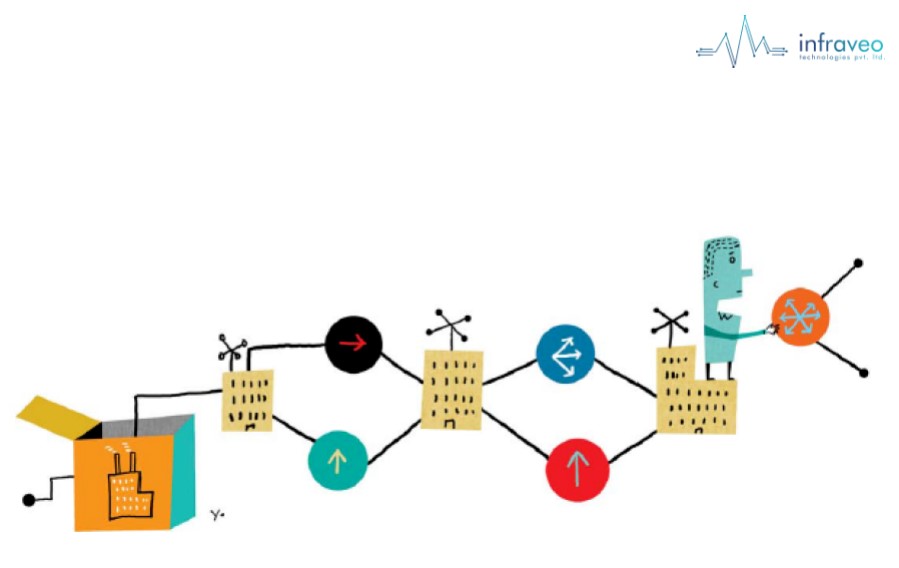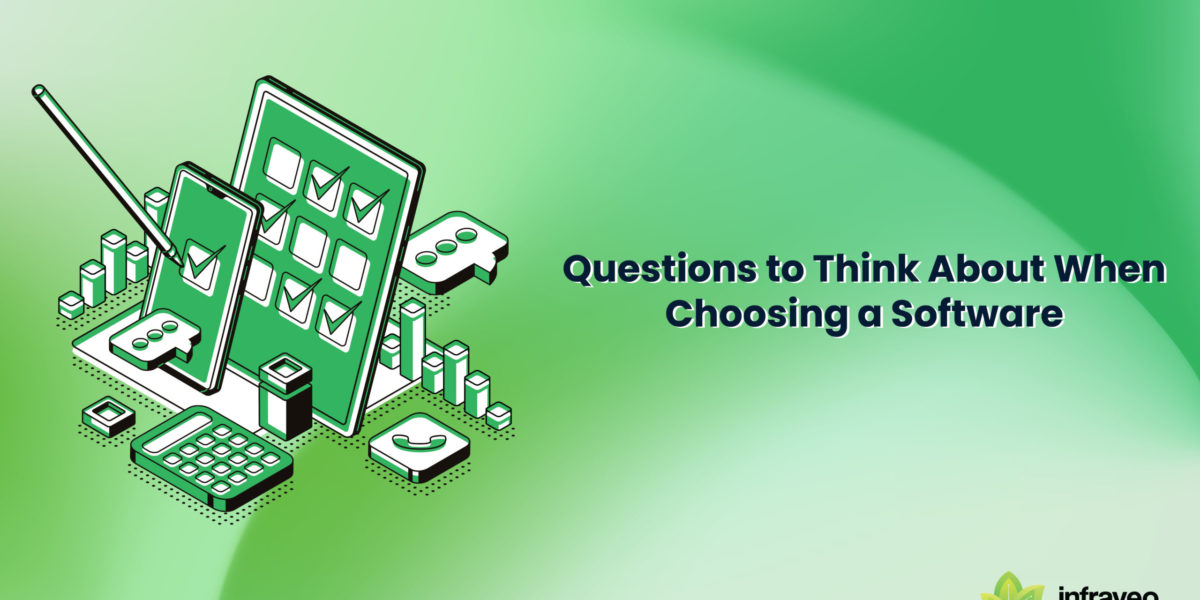In layman’s language, a blockchain is a chain that blocks all the recorded transactions in an irreversible chain. But is this definition correct? Explore this blog to find out.
What is Blockchain?
It is a database that stores all the transactions in a way that is more secure and efficient than the traditional way of recording them. It records all the transactions in the form of blocks. Whenever the previous block is filled, a new block is added. All the blocks are then interlinked to form a chain. Hence, the name blockchain.
To cite an example, bitcoin (a famous cryptocurrency) is based on blockchain technology.
Why is there so much hype about it?
Decentralization: When the power is distributed, instead of resting in one hand.
Blockchain has a decentralized server which signifies that instead of buying or maintaining a server, an organization that has opted for blockchain technology can rent it from miners (who execute the transaction). So, the data goes to the miner’s server instead of the organization’s server. This ensures that control is happening not only from one place but from different places. Hence, high security is guaranteed.
Key Elements of Blockchain
- All the information stored in the database is immutable i.e., it cannot be changed by anyone, even the system administrator.
- Instead of being copied, files are distributed among the team members.
- If an attempt is made to change the data from one computer, other computers can tell something is wrong. Thus, the data cannot be tampered with easily.
- All the intermediaries’ costs are eliminated. Users themselves act as intermediaries as they keep a record of transactions and in turn, audit them.
How does blockchain technology work?
A block is created when a new transaction is created. The requested transaction is then broadcasted on a network called nodes (computer consisting of information). If the transaction is validated by others, it is then combined with other blocks by forming a new block. It is important to note that a new block is added to the chain every time a new transaction is created.
Benefits
Blockchain is based on 3 pillars, namely immutability, transparency, and high security, that make it the most viable technology to use for data storage. Let us go through them:
- Immutability: Unlike a traditional database where anyone can change the transaction, transactions once recorded on blockchain cannot be altered. It is stored permanently. You cannot undo the wrong transaction, though you can pass a rectified entry for the same.
- Transparency: Blockchain technology came into the limelight after it made the creation of digital money (cryptocurrency) possible. The concept of cryptocurrency is based on blockchain as it offers trust. This means that, unlike any other database, blockchain technology does not involve a third party who oversees the transactions. Transactions are visible to everyone on the team.
- High Security: Blockchain does not rely on the third party, instead it is based on cryptographic algorithms. A cybercriminal has to hack all the computers on a network to make the slightest change in a blockchain, even then the hack could be reversed. This is its major benefit.
Hence, the definition coined at the beginning of the blog holds.




